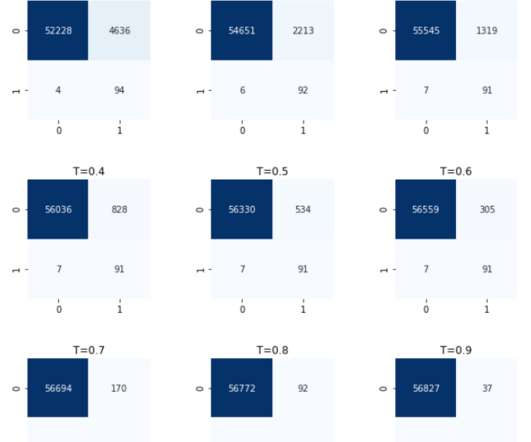Defining data science in 2018
Data Science and Beyond
JULY 22, 2018
I got my first data science job in 2012, the year Harvard Business Review announced data scientist to be the sexiest job of the 21st century. Two years later, I published a post on my then-favourite definition of data science , as the intersection between software engineering and statistics.














Let's personalize your content